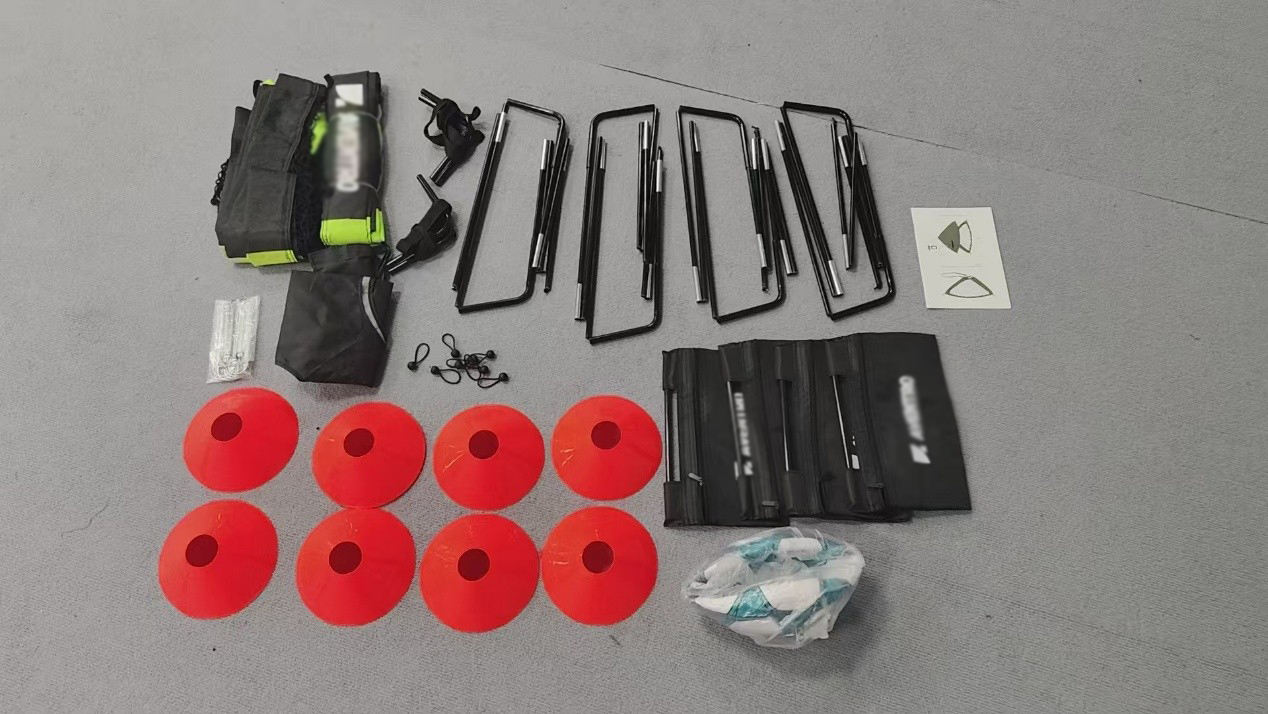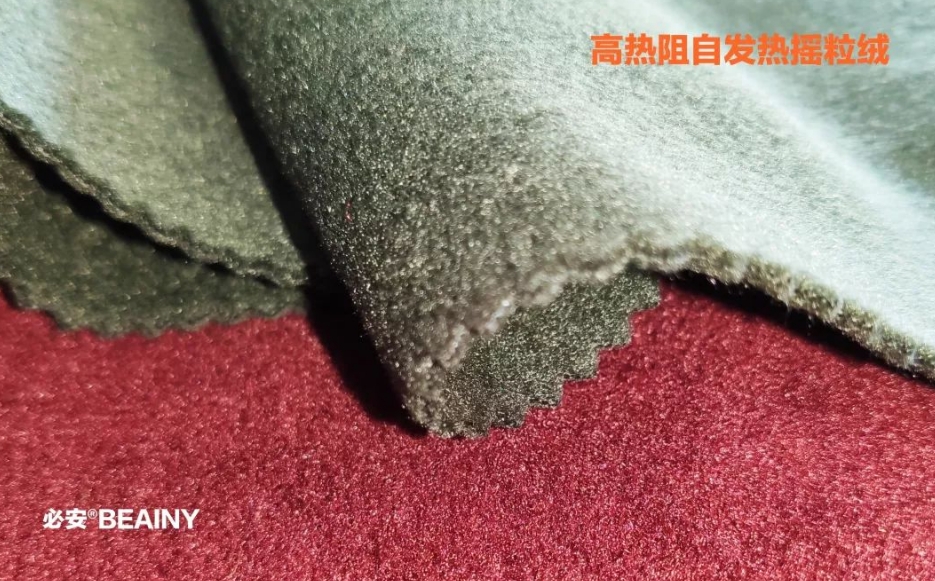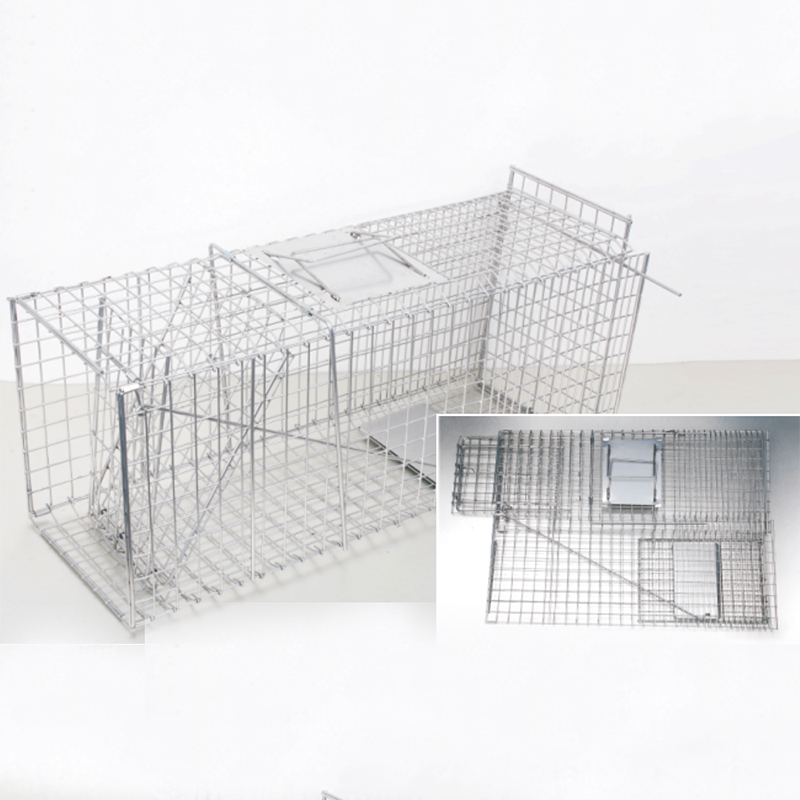1) The main difference between the two glasses in the difference in glass composition. Soda-lime glass is mainly composed of silicon, sodium and calcium; borosilicate glass is mainly composed of silicon and boron.
2) The difference between the properties of the two glasses is mainly due to their different compositions.
3) The different ingredients are due to the different ingredients added to the chemical raw materials.
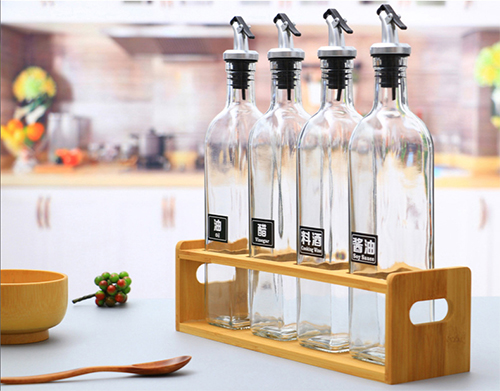
Lead-free glass has better refractive index than traditional soda-lime glass, which perfectly shows the refractive performance of metal glass; for example, some ornaments of various shapes, crystal wine glasses, crystal lamps, etc. are made of lead-containing glass.
[Look at the weight of the wine glass]
Compared with lead-free crystal glass products, soda lime glass products are slightly heavier.
[Listen to the sound]
Tapping a soda-lime glass will produce a dull sound similar to metal, but the sound of lead-free glass is more pleasing to the ear, rich in the reputation of a "music" glass, and a nine-second lingering sound.
[Look at the label of the ingredients in the wine glass]
Soda-lime glass generally contains potassium, mostly high-end handicrafts and marked on the outer packaging; while lead-containing glass contains lead, that is, crystal glassware commonly found in some supermarkets and stalls, and its lead oxide content can reach 24%.
[See heat resistance]
Glasses can generally withstand high temperatures, but generally have poor resistance to extreme cold and heat. Lead-free crystal glass is a glass with a high expansion coefficient, and its resistance to extreme cold and heat is even worse. If you make tea with boiling water in a particularly cold lead-free glass, it is easy to burst.
[Look at toughness]
Lead-free crystal glass is tougher than soda lime glass, that is, impact resistance.
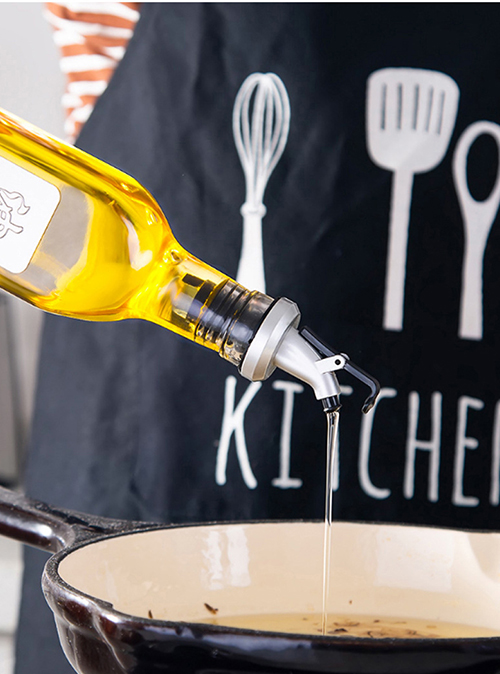

 English
English Español
Español Português
Português русский
русский français
français 日本語
日本語 Deutsch
Deutsch Tiếng Việt
Tiếng Việt Italiano
Italiano Nederlands
Nederlands ไทย
ไทย Polski
Polski 한국어
한국어 Svenska
Svenska magyar
magyar Malay
Malay বাংলা
বাংলা Dansk
Dansk Suomi
Suomi हिन्दी
हिन्दी Pilipino
Pilipino Türk
Türk Gaeilge
Gaeilge عربى
عربى Indonesia
Indonesia norsk
norsk اردو
اردو čeština
čeština Ελληνικά
Ελληνικά Українська
Українська Javanese
Javanese فارسی
فارسی தமிழ்
தமிழ் తెలుగు
తెలుగు नेपाली
नेपाली Burmese
Burmese български
български ລາວ
ລາວ Latine
Latine Қазақ
Қазақ Euskal
Euskal Azərbaycan
Azərbaycan slovenský
slovenský Македонски
Македонски Lietuvos
Lietuvos Eesti Keel
Eesti Keel Română
Română Slovenski
Slovenski मराठी
मराठी Српски
Српски 简体中文
简体中文 Esperanto
Esperanto Afrikaans
Afrikaans Català
Català עִברִית
עִברִית Cymraeg
Cymraeg Galego
Galego 繁体中文
繁体中文 Latvietis
Latvietis icelandic
icelandic יידיש
יידיש Беларус
Беларус Hrvatski
Hrvatski Kreyòl ayisyen
Kreyòl ayisyen Shqiptar
Shqiptar Malti
Malti lugha ya Kiswahili
lugha ya Kiswahili አማርኛ
አማርኛ Bosanski
Bosanski Frysk
Frysk ជនជាតិខ្មែរ
ជនជាតិខ្មែរ ქართული
ქართული ગુજરાતી
ગુજરાતી Hausa
Hausa Кыргыз тили
Кыргыз тили ಕನ್ನಡ
ಕನ್ನಡ Corsa
Corsa Kurdî
Kurdî മലയാളം
മലയാളം Maori
Maori Монгол хэл
Монгол хэл Hmong
Hmong IsiXhosa
IsiXhosa Zulu
Zulu Punjabi
Punjabi پښتو
پښتو Chichewa
Chichewa Samoa
Samoa Sesotho
Sesotho සිංහල
සිංහල Gàidhlig
Gàidhlig Cebuano
Cebuano Somali
Somali Точик
Точик O'zbek
O'zbek Hawaiian
Hawaiian سنڌي
سنڌي Shinra
Shinra հայերեն
հայերեն Igbo
Igbo Sundanese
Sundanese Lëtzebuergesch
Lëtzebuergesch Malagasy
Malagasy Yoruba
Yoruba






